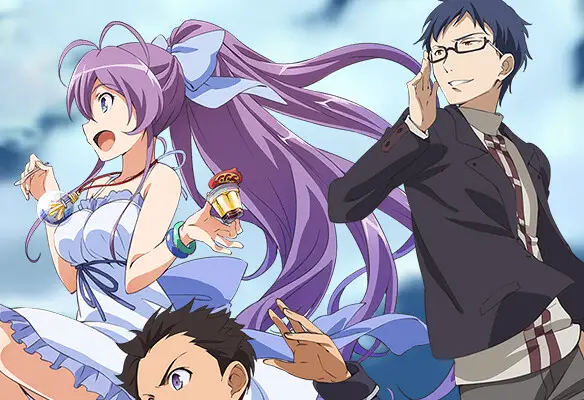
Why Anime Is So Popular in Japan: The Top 5 Reasons Japanese Like Anime So Much!
Anime is an extremely popular form of art in Japan. Millions of people watch anime and read manga in their pastime. Japan is also the global capital of anime. Its local original titles have achieved global success in recent decades. But why do Japanese love anime so much? Well, here are five of the top reasons.
- Japan Has a Long Culture and History of Visual Arts
- Japanese Society Is Obsessed With Cuteness (Kawaii)
- Japan’s Recent History Coincides with the Rise of Anime
- Japanese Pop Culture Is Dominated By Anime
- People in Japan Watch Anime at a Very Early Age
Anime in Japan often comes in colorful and vibrant graphics. There are so many genres too and richness of characters. Anime and manga sometimes refer to the larger animation industry in Japan. However, there is a small difference. Anime simply refers to Japanese animation series and shows. Manga on the other hand is the Japanese version of comic books or graphic novels. Nonetheless, both are very popular in the country. So, let’s get to the reasons why below.
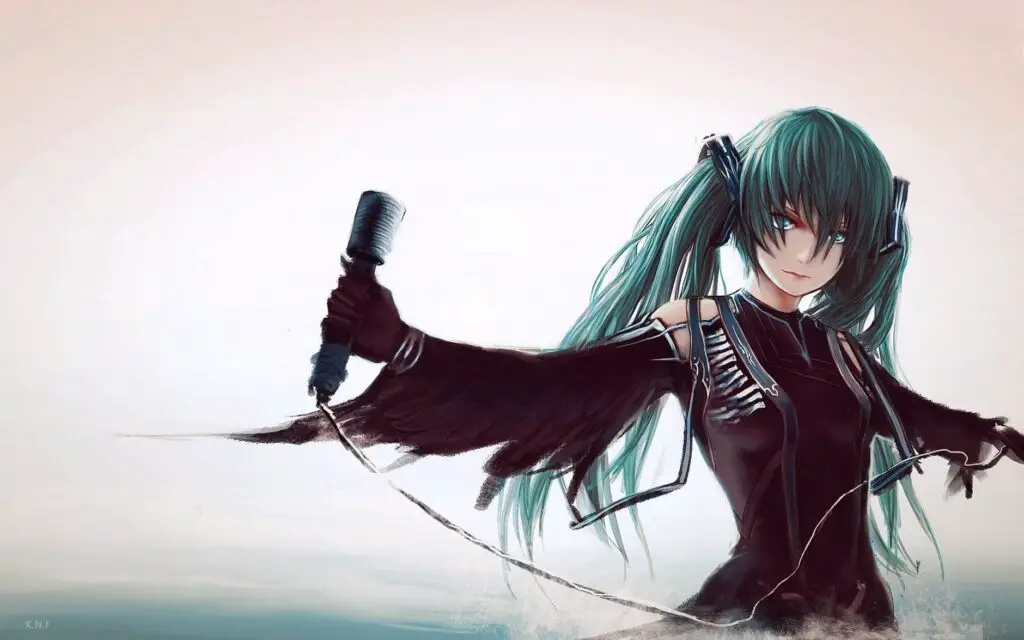
Japan Has a Long Culture and History of Visual Arts
Anime and Manga started in Japan at the onset of the 19th century. But Japan’s strong attachment and appreciation for visual arts go way back. This culture is visible through two of the three classical Japanese arts of refinement. Here they are.
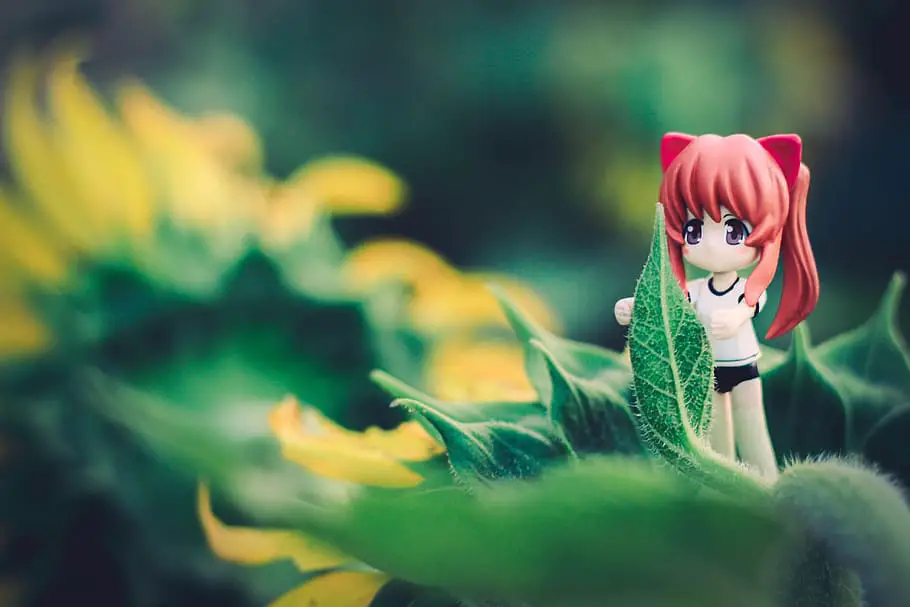
Ikebana
The first one is known as ikebana. It is an ancient art of Japanese flower arrangement. It dates back to the 7th century. Ikebana, also referred to as kado, involves artistic floral arrangements. The term loosely translates to “making flowers alive” and came to Japan with the Buddhists. Ikebana strives to create a maximum visual appeal through its floral presentation. It is the ultimate fusion of human creativity and nature.

Ikebana arrangements tend to feature multicolored blossoms neatly arranged together. The art also pays special attention to the shapes of the stems and the vases holding each floral art. Ikebana as a form of visual art has remained part of Japanese culture for hundreds of years. Today, there are over 1000 schools in Japan teaching this art.
Chado (The Way of Tea)
Japan’s history of visual arts is also evident in Chado, the ceremonial preparation and aesthetic presentation of green tea or Matcha. It is the second of the three arts of Japanese refinement. Chado tea ceremonies started in Japan in the 9th century and were largely popular with “Samurais”, Japans warrior class, and noblemen. The ceremonies were also part of ancient Buddhist rituals.
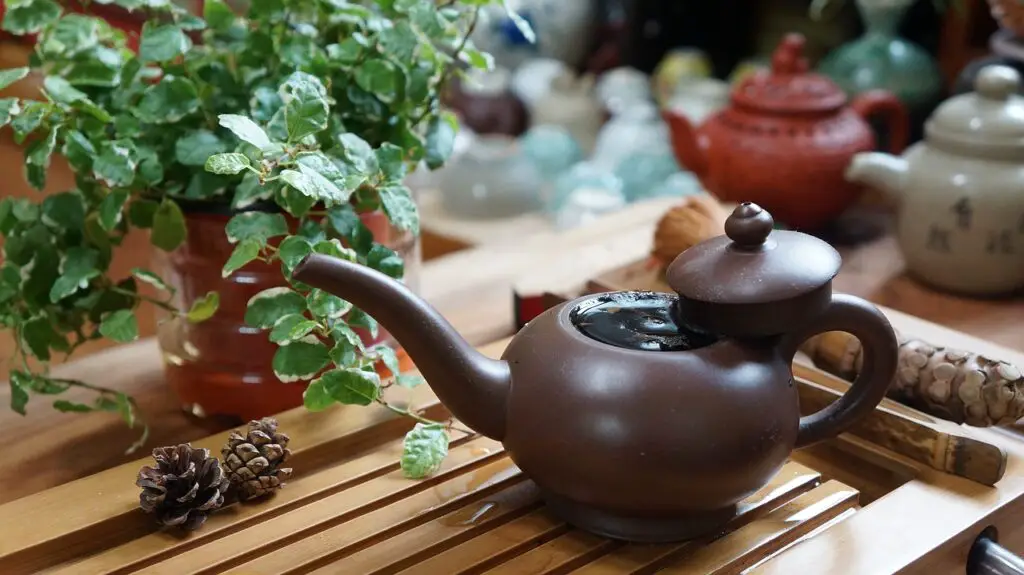
“Chado” also combines Ikebana in most cases. In typical “Chado” tea rooms, you will find scrolls of ancient calligraphy by Buddhist monks hanging on walls. Special floral arrangements in the room locally referred to as “Chabana” or tea flowers are also available. Although tea ceremonies are spiritual and ritualistic in nature, there is a lot of emphasis on aesthetics.
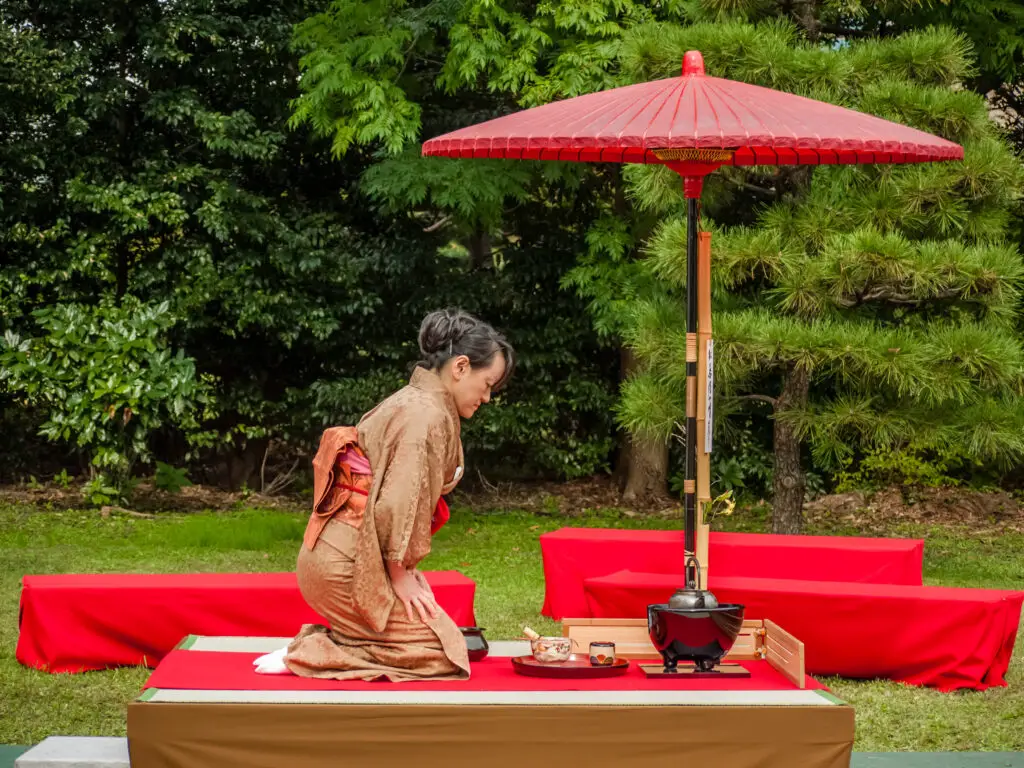
These two arts of Japanese refinement have had huge impact in entrenching a visual arts culture in Japan. As a result, people are more appreciative and accepting of anime due to the visual appeal it offers
Japanese Society Is Obsessed With Cuteness (Kawaii)
Kawaii is a cultural phenomenon in Japan, characterized by the country’s obsession with “cuteness”. The term loosely translates to lovely, pretty, cute, adorable, etc. It is generally used to refer to Japan’s unique attachment to cute things or people. The Kawaii culture is also largely associated with Japan’s strong appreciation for certain genres of manga and anime.

This culture of cuteness has also transformed anime characters like Pikachu from Pokémon, and Hello Kitty, to national icons. But it doesn’t just end with manga and anime. Kawaii culture also influences food, clothing, toys, and other products in Japan. We have also seen the culture of cuteness influence personal appearances and even mannerisms in the country.
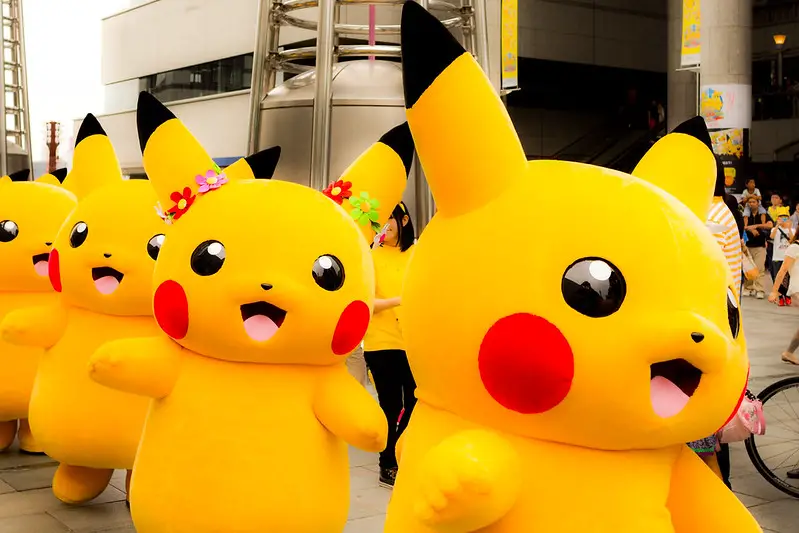
The Rise of the Cuteness Culture in Japan
The rise of the Kawaii culture in Japan started in the 1970s. The idea began as a cute form of writing, often associated with Japanese schoolgirls. These school kids would use specialized pens to present cute handwriting. Typically, cute handwriting involved very fine lines. It would also normally include randomly inserted pictures like stars, hearts, and emojis. There were even letters from the Latin alphabet.

However, cute handwriting was very different from traditional Japanese writing. It was also so difficult to read and as a result, it was banned in Japan’s schools. But the idea was already born. In the 1980s, popular national magazines and manga issues started to use cute hardwiring in their copies. Cute handwriting also found applications in product packaging and ads.

Just like that, the Kawaii aesthetic was born. Cuteness was now inserted into every facet of Japan’s society and people loved it. For instance, Pokémon decorations are very common in Japan’s bullet trains. Images of Manga and anime characters like Doraemon, Hamtaro, and Hello Kitty are also very popular in phone accessories across the country.
Japan’s Recent History Coincides with the Rise of Anime
The spread of anime all over the world has been rapid in the last few decades. But the industry has a somewhat intertwined recent history with Japan. Anime was popular in the country even before the birth of the modern Japanese film industry. This animated art was also the first-ever form of mass broadcast media in the country.
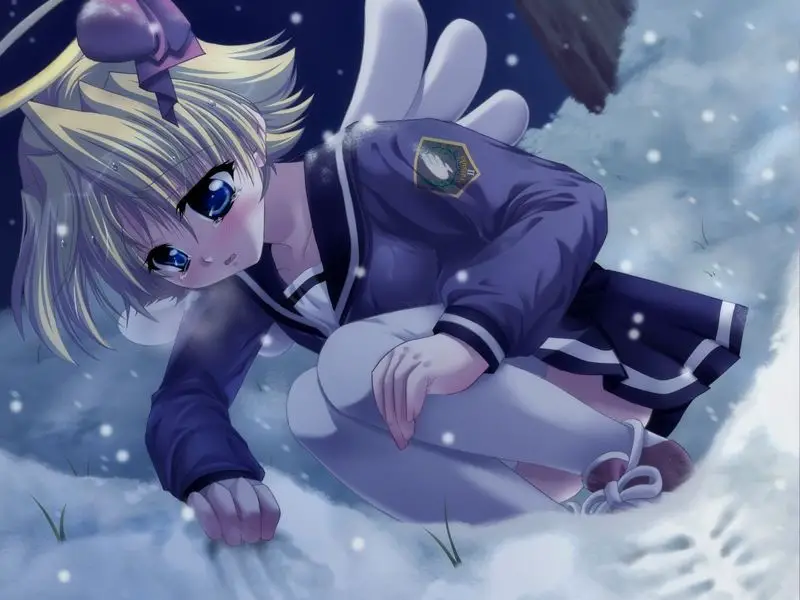
Anime started in Japan during the “Meiji Era”. During this period, there was a significant exchange in culture between Europe, the US, and Japan. However, the first commercial anime production in Japan was published in 1917. The piece, titled “Makuzo Imokawa, The Doorman”, was done by Oten Shimokawa.
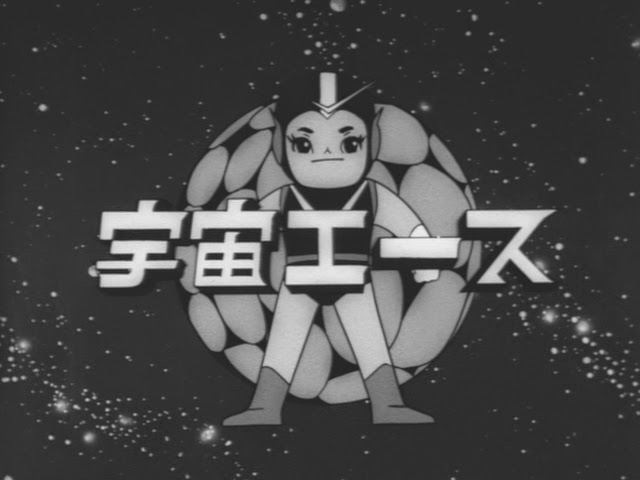
But the first animated anime feature film came in 1945, a very difficult time for Japan. This was during the second world war. The 1945 feature film was funded by the Japanese Imperial Navy. It was meant to lift the spirits of Japanese children growing up during the war.
The Television Boom in the 60s and Anime
The largest influence on the growth of anime in Japan coincided with Japan’s electronics boom. During the 1960s, TVs were significantly widespread in the country. This presented the best platform for anime creators to share their works. As a result, the first-ever anime TV show was created in 1962. After that, the Japanese TV broadcast was dominated by anime series.
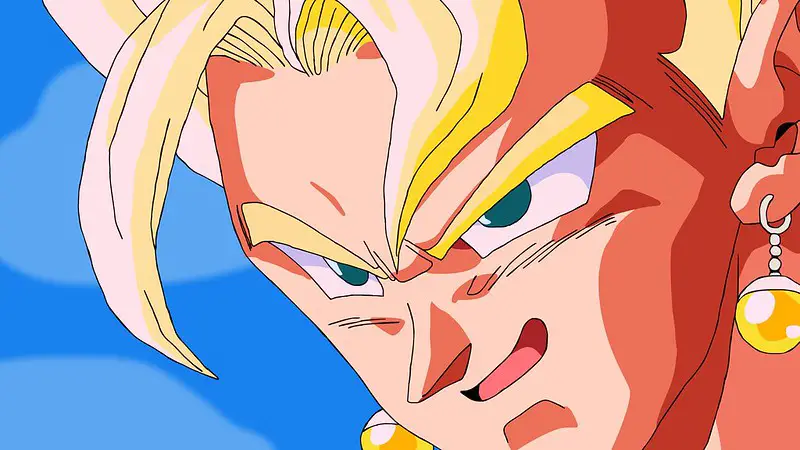
Initially, these shows targeted children. But as the popularity of anime continued to grow, new genres targeting various markets also emerged. The anime industry peaked in Japan during the 1980s. At this point, Japan had already established itself as the global capital for animations.
Japanese Pop Culture Is Dominated By Anime
Unlike in the West where anime is a sub-culture, in Japan it dominates pop culture. Japan’s pop culture is wide. It includes Cinema, TV, local Japanese cuisine, music, and video games. However, manga and anime go toe to toe with these entertainment genres. This is something you will only see in Japan and nowhere else in the world. Most elements of Japan’s pop culture can also trace their origins to traditional Japanese art.

However, during the Occupation of Japan by Allied forces after the Second War, Japan’s pop culture was significantly influenced by the west. But manga and anime still retain influences from traditional Japanese arts, especially “Kabuki”. This is a classical form of Japanese drama characterized by detailed make-up, often worn by performers to create colorful characters. This concept is still alive in modern-day anime.
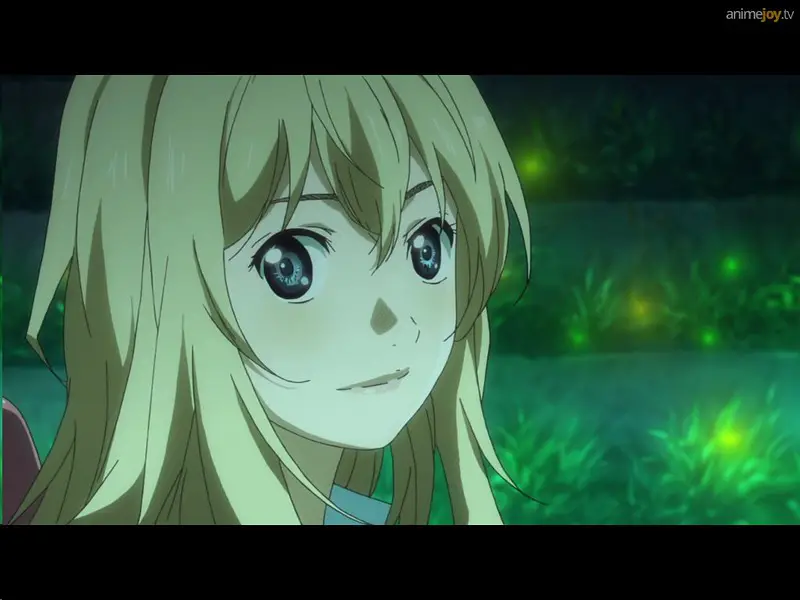
It is believed that this authentic connection to Japanese cultural arts makes anime a huge part of the local pop culture. This is especially interesting when you consider the visible western influence we see today. In most western cultures, anime is associated with social misfits. But in Japan, it is mainstream entertainment beloved by many.
People in Japan Watch Anime at a Very Early Age
The Japanese start to view anime at a very early age. But it doesn’t end there. Anime genres are very age-specific. You literally transition across anime like a rite of passage. Typically, children in Japan start viewing anime the moment they can comprehend visual text. Specialized categories of anime are also available for kids between the ages of 6 and 18. These categories further accommodate both genders.
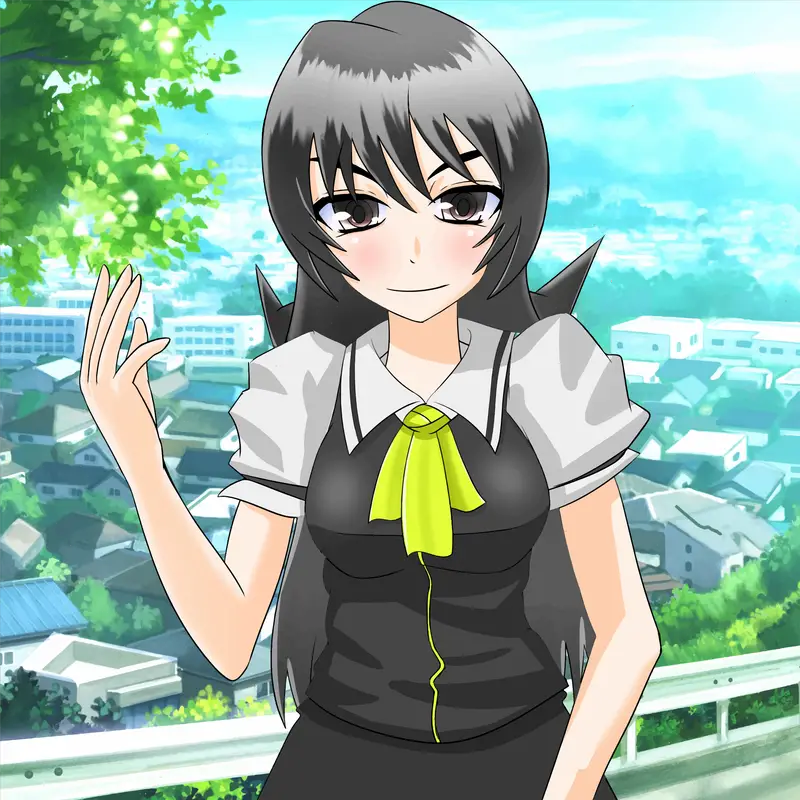
For example, boys in this age group normally watch “Shonen”. This is a boy-specific form of anime that features adventure and action-packed stories. On the other hand, girls above the age of 12 would typically want “Shonen-ai”. This loosely translates to “Boy Love”. It features romantic themes. Adults above the age of 18 years also have specialized anime categories locally referred to as “Seinen”. This translates to “adult”. The category normally involves mature themes.

In essence, anime captures the experiences of the Japanese right from childhood until adulthood. This continuity in animated content creates a very strong attachment between people and the anime they consume. Initially, anime specifically started to target children. But as demand for the art grew, more and more genres sprouted up.





